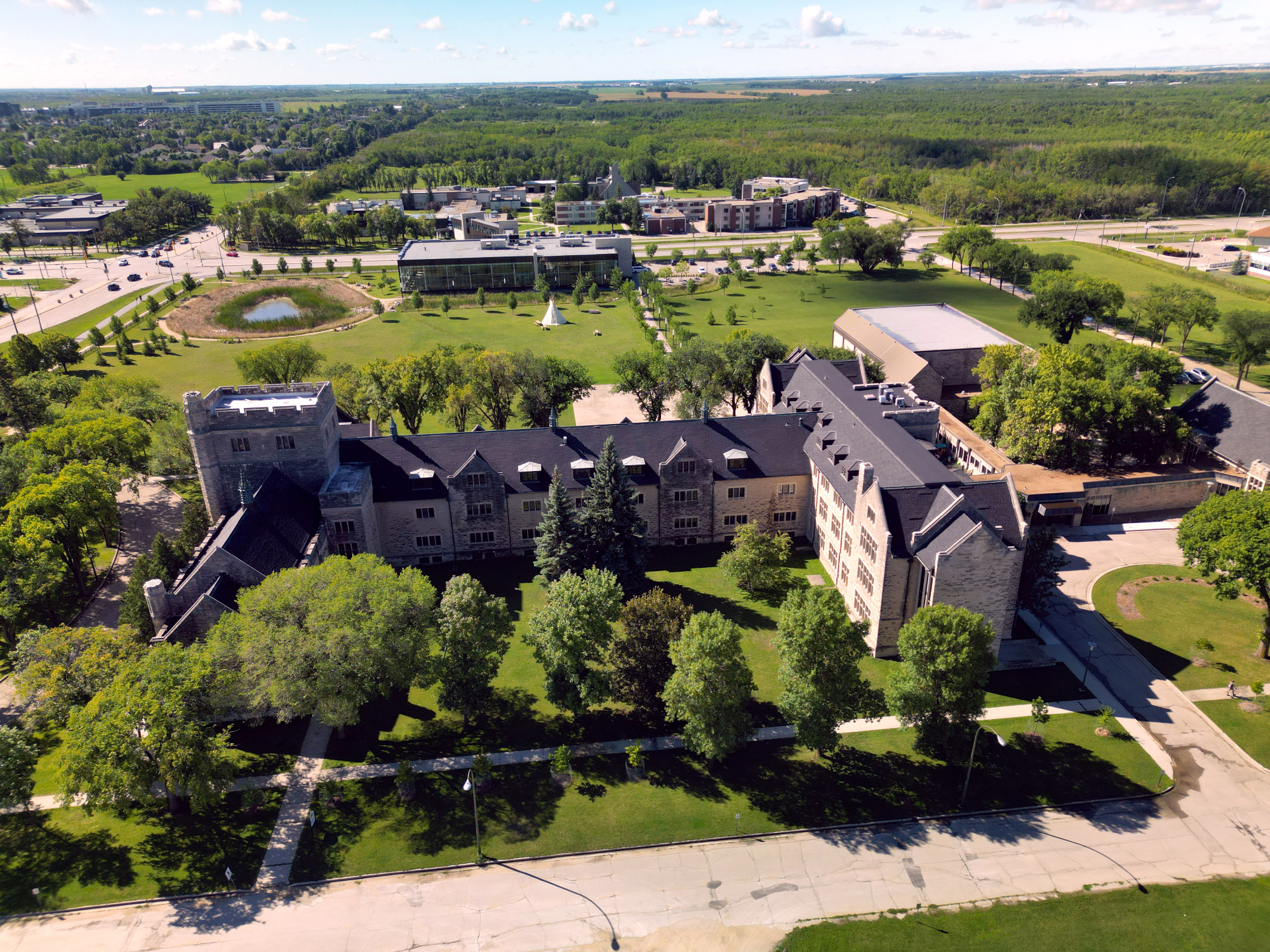News and Releases

Alumni Profiles
Alumni in their own words - J.D. Penner (CMBC '92)
Thursday, April 10, 2025 @ 10:39 AM | Alumni Profiles
 J.D. Penner
J.D. Penner
Where has life taken you since you left CMU?
My journey since graduating from CMU (formerly Canadian Mennonite Bible College) has been anything but conventional. While I earned a Bachelor of Church Music with a concentration in vocal performance, and minors in piano and violin, my professional path took a dramatic turn into the world of finance and banking. Early on, I discovered an unexpected interest in administration and finance during summer jobs in Toronto.
After leaving CMU and a few years at University of Manitoba, I began working at St. Clair O'Connor Community, a multi-generational housing facility in Toronto. Here I managed all aspects of the organization's finances. This hands-on experience in financial operations and system implementation positioned me well for a future in banking. I literally walked into the RBC bank across the street from the St. Clair O'Connor Community and asked about working for them; they offered me a position managing a team of tellers. This led to managing various RBC branches, before moving into the field of corporate cash management and payment solutions—a niche area known as treasury management.
Over the years, I held progressively senior roles at Royal Bank, Bank of America, Scotiabank, and CIBC, eventually leading large teams focused on treasury management product development. I earned a Certified Treasury Professional (CTP) designation in 2004 to deepen my expertise in the field, and actually now help set the standard for the examination with the Association for Financial Professionals. Leaving the major banks, I spent five years at IBM developing banking payment solutions. Now I work as an independent consultant and am currently pursuing opportunities to teach cash management—an area rarely addressed in Canadian business schools.
What of your experience at CMU continues to influence your life and/or work?
At CMBC I found belonging and space for personal growth. Coming from a Mennonite background in Toronto—a city where Mennonites were a distinct minority—I often struggled to fit in during high school. At CMU, I discovered an environment that supported my faith and musical passion, as well as offering a safe space to explore my identity.
This grounding in Anabaptist values has deeply influenced my professional approach, particularly in how I lead teams. CMU's Anabaptist teachings of servant leadership and respect for others is something I carry with me into every workplace. Into the highly competitive finance world I strive to inject empathy, integrity, and an emphasis on strong interpersonal relationships.
I also remain deeply connected to the Mennonite Church, both in my local congregation and by serving the regional and national church. These are outward expressions of my faith, too, and a way of giving back to a church that has always supported me—including while I was a student at CMBC.
What is a memorable story from your time at CMU?
Practical jokes defined my out of classroom CMU experience. I was part of a group of students who pushed a car into the student lounge (in Poettcker Hall) and wrapped it in toilet paper. I also remember friends sewing my underwear together, soaking them in water, and hanging them out my window during a Winnipeg winter; an "underwear icicle". They also put live fish in my bathtub, which ended up being fed to a piranha that Tim Neufeldt and Conrad Hoppner had in their apartment.
Beyond the jokes, I cherish the memories of singing under George Wiebe, touring Canada with CMBC Singers, and performing with large choir ensembles from CMBC and MBBC with the Winnipeg Symphony Orchestra. These experiences continue to leave a lasting impact and are a meaningful part of my musical journey.
What advice would you give to a current student?
Be curious. Embrace lifelong learning, explore beyond the limits of your degree, and be open to unexpected paths. You are not defined by what you study; your actions, words, and willingness to learn will shape how you are seen in the world.
KEYWORDS: alumni profile, alumni news, alumni, alumni update, alumni in their own words, JD Penner

 Print This Article
Print This Article